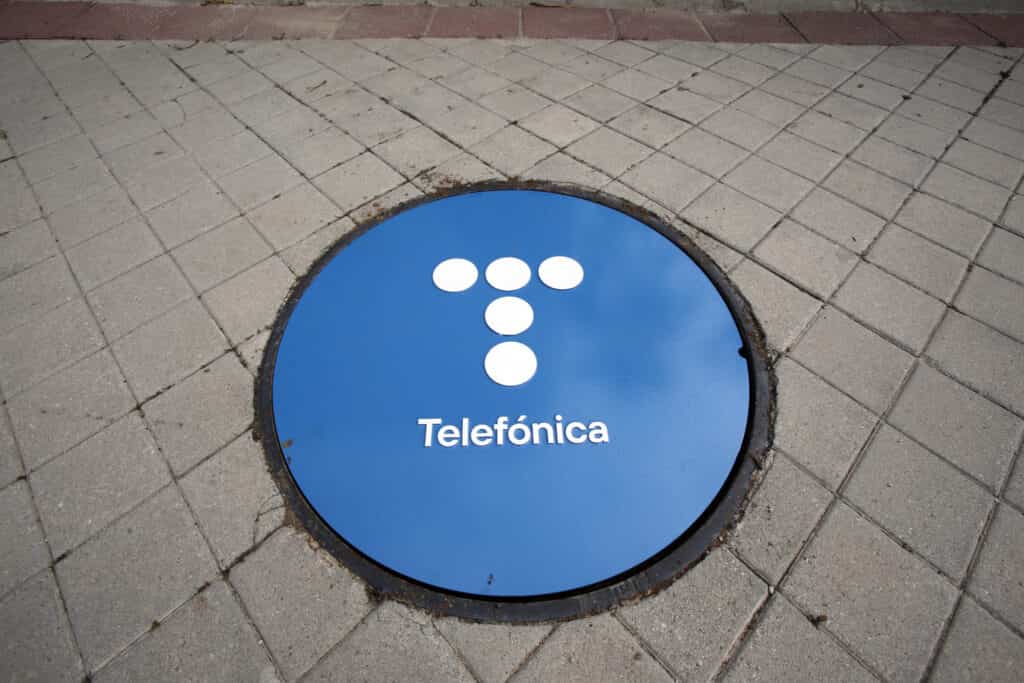In April 2024, Telefónica celebrated an extraordinary milestone: 100 years of history. Since its founding in 1924, the company has evolved alongside technological and social advancements, playing a key role in transforming telecommunications in Spain and worldwide. This journey offers a glimpse into the company’s most emblematic moments.
From Gran Vía to Distrito Telefónica: An Icon of Madrid
Telefónica began its journey in 1926 with the construction of its iconic building on the Gran Vía de Madrid, which opened its doors in 1929. For decades, this served as the company’s operations center. However, in 2008, it moved its corporate headquarters to the Distrito Telefónica, a modern complex in the northern part of the capital.
The Gran Vía building remains relevant with spaces such as the Espacio Fundación Telefónica, which has been organizing cultural exhibitions since 2012, and the Espacio Movistar, a center for technological innovation and entertainment inaugurated in 2024 after a careful renovation.
From Operators to Full Automation
In 1926, Telefónica inaugurated its first automatic exchange in Santander with the presence of King Alfonso XIII, marking a milestone in the modernization of communications in Spain. However, it was not until 1988, in Polopos (Granada), that the last operator, Magdalena Martín, connected the last manual call in the company’s history.
This change symbolizes the transition from a manual system to complete automation, reflecting Telefónica’s commitment to innovation.
Milestones in Telephony: From Transatlantic Calls to 5G
Telefónica has led some of the most significant moments in the history of telephony in Spain:
- 1928: First transatlantic call between Alfonso XIII and Calvin Coolidge, the President of the United States. This feat utilized cutting-edge technologies such as landlines, radio transmission, and submarine cables.
- 1970s: Introduction of mobile telephone service for cars, the precursor to 1G.
- 1990s: Launch of MoviLine and Movistar, consolidating its leadership in mobile technology.
- 2020s: Implementation of the 5G network, transforming mobile connectivity.
From the Internet in the 90s to the Digital Revolution
Telefónica was a pioneer in introducing Internet in Spain. In the mid-90s, internet access was limited, but the launch of ADSL in 1999, along with flat-rate plans, marked a turning point. In 1996, there were only 320,000 internet users in Spain; three years later, this number grew exponentially thanks to the company’s initiatives.
Telefónica was also the first European operator to launch ADSL with speed options tailored to different needs, ranging from 256 kbps to 2 Mbps, reinforcing its position as a technological leader.

Internationalization: From Spain to the World
Telefónica’s international expansion began in the 1990s in Latin America, initially establishing itself in Argentina and Chile. This globalization process reached a new level in the 2000s with milestones such as:
- 2004: First mobile operator in Latin America.
- 2006: Acquisition of O2, the largest international operation ever carried out by a Spanish company.
Today, Telefónica has a presence in 12 countries, including Spain, Germany, Brazil, and the United Kingdom.
Conclusion: 100 Years of Connection and Innovation
Telefónica has not only connected people over a century but has also been a key driver of modernization in Spain and beyond. From its pioneering role in fixed and mobile telephony to its leadership in technologies such as ADSL and 5G, the company has demonstrated a continuous commitment to innovation.
As Telefónica celebrates its centenary, its legacy is not only a reflection of its past but also a promise for its future at the heart of global technology.
via: Telefónica

